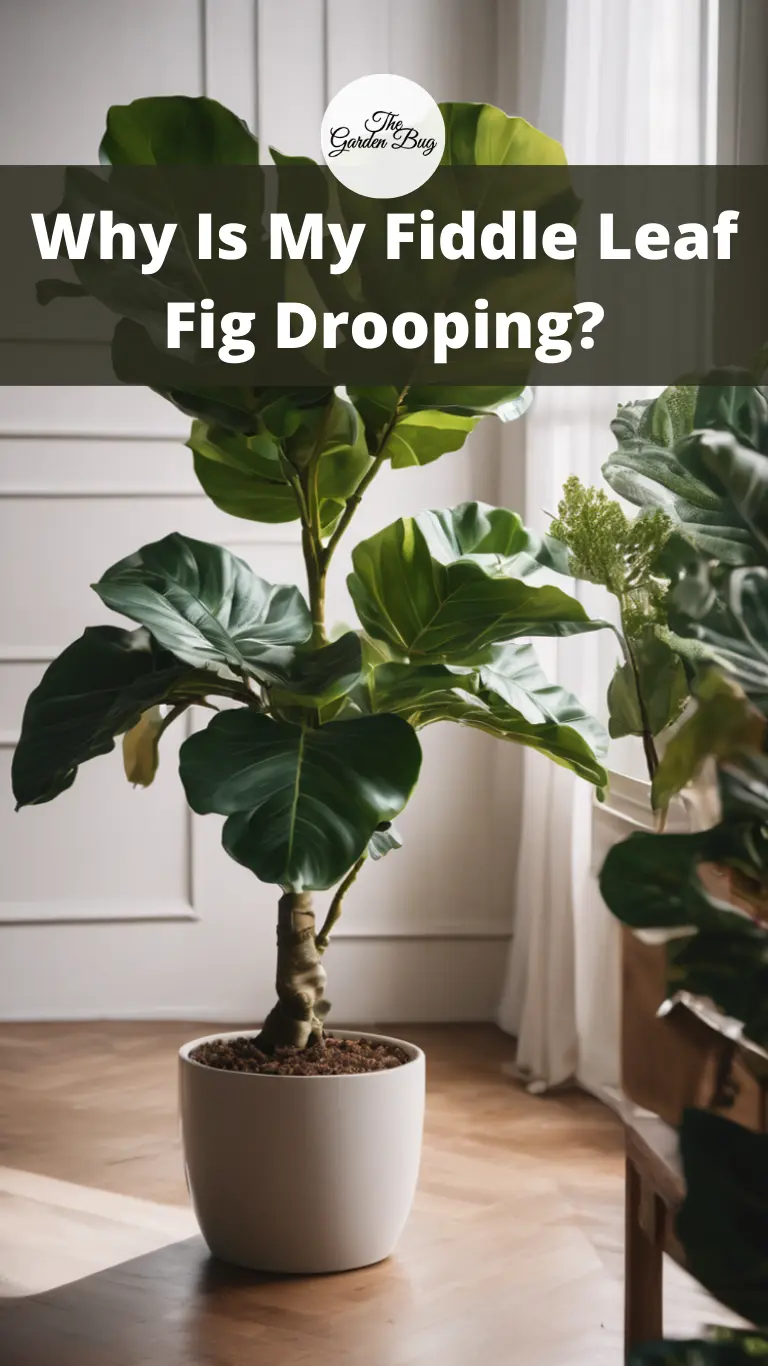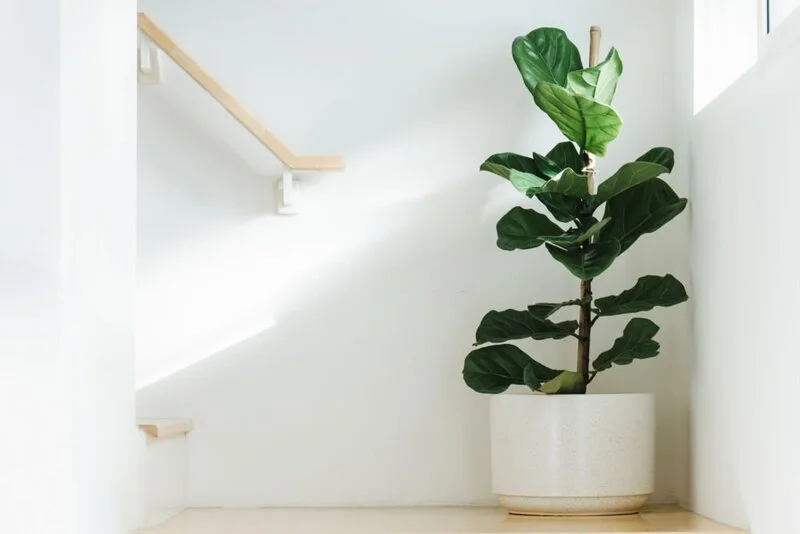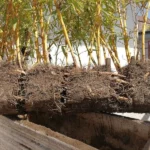Hey there, green thumbs! Is your fiddle leaf fig drooping and looking a bit sad? Fear not, we’re here to help. Plants, just like people, can have off days too. It could be due to overwatering, not enough sunlight, or just a cry for a little extra TLC. But, there’s no need to fret. With a bit of investigation and some easy fixes, we can help you bring your droopy fiddle leaf fig back to its glory days. So, let’s get to the bottom of this together and perk up your green friend!
Understanding the Fiddle Leaf Fig
First things first, let’s get to know the star of the show – the Fiddle Leaf Fig, also known as Ficus Lyrata. This plant, with its stunning, violin-shaped leaves (hence the name “Fiddle”), has been a beloved darling of interior designers and plant enthusiasts alike. It’s a native of the tropical rainforests of West Africa, which means it’s a fan of warm, humid environments. Its large, green, glossy leaves not only add a lush aesthetic to any room, but they also help the plant to capture as much light as possible – a trait from its origins under the dense rainforest canopy. Understanding this natural habitat will give us some essential clues as to what our indoor fiddle leaf fig might be craving or missing. So, let’s dig a little deeper into the drooping mystery.
Identifying Signs of a Drooping Fiddle Leaf Fig
Spotting a drooping fiddle leaf fig might seem straightforward, but sometimes it’s not as easy as it seems. Sure, droopy leaves are a sign, but let’s be a little more detective-like, shall we? A healthy fiddle leaf fig stands tall, with its fiddle-shaped leaves reaching out towards the light. If you see your plant’s leaves start to droop or sag downwards instead of standing perkily up towards the sky, it might be signalling that something’s not quite right. Also, watch out for any changes in leaf color or texture. Yellow, brown, or spotted leaves could also indicate your plant is in distress. And remember, it’s all about changes. If your plant’s always been a little droopy but seems happy otherwise, it’s likely just its natural character!
Causes of a Drooping Fiddle Leaf Fig
Now onto the main question – why is your fiddle leaf fig drooping? There are several possible reasons:
- Watering woes: Overwatering is a common issue. If your plant’s leaves are turning yellow and drooping, you may be loving it a little too much with the watering can. Conversely, underwatering can cause drooping, too. If the leaves look a bit wilted and feel dry to the touch, it might be begging for a drink.
- Light levels: Remember, fiddle leaf figs are native to bright, tropical environments. If your plant doesn’t get enough light, it may droop in protest.
- Temperature troubles: Too cold, too hot, or sudden temperature changes can stress your plant, causing it to droop.
- Nutrient deficiency: Just like us, plants need balanced meals. If your fiddle leaf fig isn’t getting enough nutrients, it might start drooping.
In the next section, we’ll help you fix these issues and get your fiddle leaf fig standing tall again!
Steps to Revive a Drooping Fiddle Leaf Fig
Okay, here’s the fun part. Let’s put on our plant doctor hats and revive that fiddle leaf fig.
- Check the water: Stick your finger about an inch into the soil. If it’s dry, give your plant a good watering. If it’s wet, let it dry out before the next watering. Remember, it’s better to underwater than overwater!
- Let there be light: Make sure your fiddle leaf fig is getting plenty of bright, indirect sunlight. Move it closer to a window or supplement with a grow light if needed.
- Watch the temperature: Keep your plant away from drafts, heaters, or air conditioners. A steady, room temperature is best.
- Feed it well: Use a balanced, water-soluble fertilizer every month during the growing season.
- 🕗 SLOW-RELEASE PELLETS — Releases essential nutrients over 6 month period. Apply and forget
- ✅ PERFECT RATE — Effective rate 16-5-11 NPK, easy to use on ALL Fiddle Leaf Fig Trees
- 🍎 CONSTANT NUTRITION — Consistent nutrient release every time your ficus is watered, no need to repetitively mix liquids together
- ⏳ TIME-SAVER — One time application every 6 months, nutrients are release at the perfect rate for your indoor houseplant
- 🌱 BETTER OVERALL HEALTH — Will assist with vibrant leaf color, glossiness, and stability; Healthy Roots, Sturdy Branches and a Tough Trunk
Preventing Future Drooping in Fiddle Leaf Figs
Prevention is always better than cure, right? To keep your fiddle leaf fig standing tall, stick to a consistent watering schedule, provide it with plenty of light, and protect it from temperature fluctuations. Regular feeding during the growing season will also help it stay strong and healthy. And remember, every plant is unique. Learn to understand your plant’s signals and you’ll be a fiddle leaf fig whisperer in no time!
Conclusion
And there we have it! While seeing your fiddle leaf fig droop can be a little disheartening, it’s not the end of the world. In fact, consider it a call to action, an invitation to engage more deeply with your leafy friend. By playing plant detective and understanding what your fiddle leaf fig is trying to tell you, you can ensure that it stays happy, healthy, and standing tall. Happy planting!





